How many years does birch live?
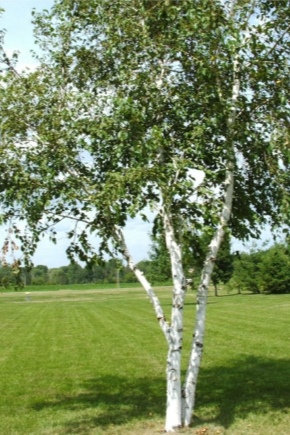
Birch - one of the symbols of Russian culture, along with the samovar, matryoshka, gingerbread and balalaika. From our article you will find out how many years a birch lives, how fast it grows, the average life expectancy and age of trees in Russia and abroad.
average life expectancy
It is very simple to recognize birch among other trees - it shines with white bark, flaunts with graceful twigs and bright green leaves. She often grows up not alone, but surrounded by her "sisters". In late July - early August, seeds appear on the branches, and the wind carries them away - this is how birches multiply. But the time comes, and the old tree must give way to young growth. The average lifespan of birch is about 120 years, but some can live 50, 100, 400, 600 years or more.

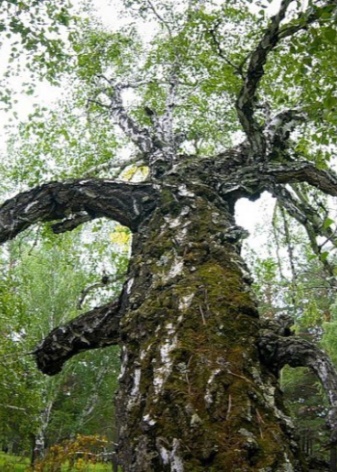
It depends on the conditions in which the tree grows.
- The ideal conditions are untouched forest. In it, birch can grow for 200-250 years, reach a height of 30-45 meters and 1.5 m in girth.
- In a noisy, dusty city, a tree will not last long. It takes 60-70 years - and the birch dries up.
- Some people plant birch trees in gardening and summer cottages. In addition to its visual appeal, the tree is very useful - medicinal tinctures, teas and compresses are obtained from the leaves. Birch buds contain many vitamins and help with various diseases. In a private household, the tree grows for 150-200 years.
- Juice intake has a particularly negative effect on life expectancy. In spring, when the birch is "rejuvenated", an active movement of fluid takes place in the trunk. Lack of nutrients leads to rapid aging and wilting of the tree.
- In addition, due to damage to the bark, an infection enters the place of collection and further shortens the life span. Therefore, conscientious people collect sap only from old trees that have already begun to dry out. So the useful liquid will not disappear, and the grove will renew itself faster.

In addition, the life span of birch depends on the variety.
- Record-holder birch - Erman, iron or stone, can grow for 400-600 years and more. True, it's hard to recognize her - the bark lags behind the trunk and hangs down in long stripes, its color is pink-gray, and she herself looks more like an apple tree. The maximum height is 12-15 m, and the size of the often curved trunk is 90 cm. It grows in Yakutia, Buryatia, the Far East, and also in China, Japan and Korea.
- Warty or drooping birch lives for 50-60 years. At first, it grows slowly, but starting from 10 years it accelerates and grows by 70-90 cm per year. Then it reaches a trunk girth of 75-80 cm. It is found everywhere, common in Europe, Asia, North Africa, in Russia it can be found from the Urals to Kazakhstan.
- Black birch has a shaggy, fluffy bark. It is widespread in Transbaikalia, and lives for 90-110 years. The rest can grow about the same, sometimes more.
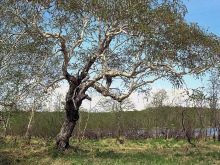
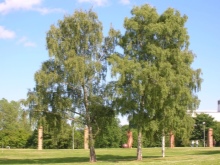
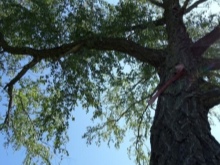
There are more than 120 species of birch in nature, and sometimes it is difficult to find them among other trees.
Distinctive feature - her bark is not always white. It can be gray, brown, reddish brown, pink and even black. But still, this is one biological tree species, and it develops in about the same way.
Growth features
Like all living things, birches reproduce. In April-May, they begin to bloom and form 2 types of buds.
- Mens... They appear in the summer and bloom in the spring. They are elongated, greenish-brown.
- Womens... They appear and unfold in the spring. Shorter than men's, are dark green in color.
The flowers are pollinated by the wind... An ovary appears in place of female flowers, then the fruits ripen and are carried away by the wind. After that, they enter the soil and, under good conditions, begin to grow. Good conditions are cold soil (which happens in early spring), an abundance of water (an adult tree "drinks" about 250 liters per day) and a large space around (the distance between neighboring birches should be at least 4 meters).
Like any other tree, birch grows all its life. In the early years, slowly, and then faster and faster. It grows to adulthood in 10 years, reaches 2/3 of its height, after which it begins to increase in width. With good care, the increase in height can be 1.5-1.7 meters per year, and sometimes 2 m.
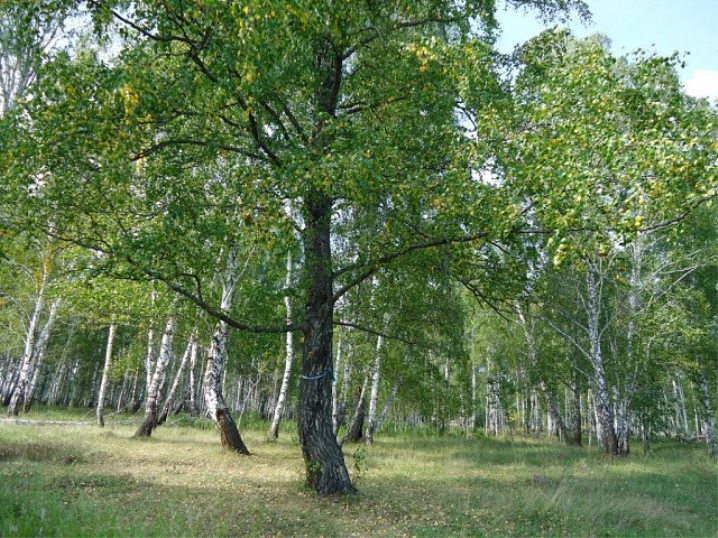
More branches appear. At this stage, the tree can be given any shape - for this, cut off unnecessary branches. Just keep in mind that this should be done in early spring, until the circulation of the juice begins. It is recommended to repeat the procedure every year. Time passes and the growth rate slows down. For the last third of its life (about 50 years), the tree remains almost unchanged. Every year fewer leaves appear, twigs dry up, and gradually the tree dies out.
This process is slow, but inevitable. At the end, the tree will dry up and fall. But even in this form, it can be useful. Birch makes excellent firewood. They burn hot and have a low ash content - there will be no need to clean the stove from soot. Therefore, in ancient times, birch was used to make torches and torches to illuminate a dwelling.
In addition, birch produces high quality plywood and good charcoal. But this tree is not used in construction - it does not resist rot well and turns into dust in just a few years. So birch is useful in every sense. If it does not grow nearby, then plant it, even your grandchildren will be grateful to you. And if it is - estimate her age and the period when you will need to plant a new one.
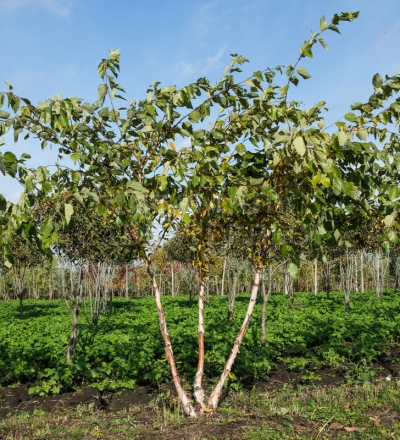
How do you determine your age?
It's good when everything is harmonious on your site. But this requires a lot of work - in particular, knowing the age of the trees. Otherwise, if one of them "suddenly" falls, the consequences can be sad. To avoid this, roughly determine the age of each tree and cut down the old and dilapidated ones. But work wisely, otherwise you can remove a good tree and leave a rotten tree that will fall at the most unfortunate moment. The easiest way to determine the age of a birch is by its appearance - dry or not, strong or not very good. And the best picture is given by the diameter of the barrel.
- The youngest trees are no larger than a bush in size. They are no older than a few years. Or are they dwarf birches that always remain so.
- Then intensive growth begins. At this time, the thickness of the trunk increases slightly, all the energy is directed upward. If the birch is tall and thin, it is very young. Its trunk width is about 60-100 cm.
- Starting from the age of 10, the upward growth rate slows down, and the trunk width increases. In an adult tree 80-100 years old, the trunk diameter is about 120-150 cm.
- The old tree hardly grows. On the contrary, the trunk cracks and the amount of foliage decreases. This means that it is time to cut it down.
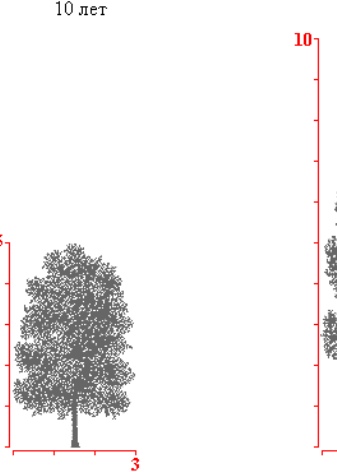
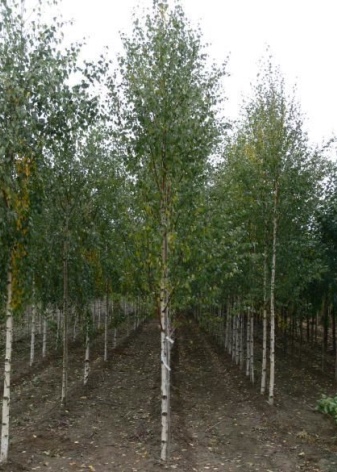
Don't be discouraged if your favorite birch tree is withered. She gave joy, benefit and left many descendants - young birches. This is the cycle of nature.



































































The comment was sent successfully.